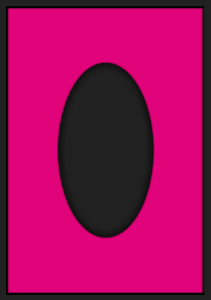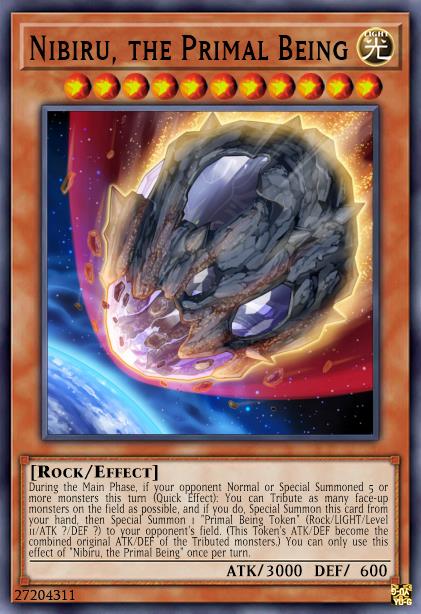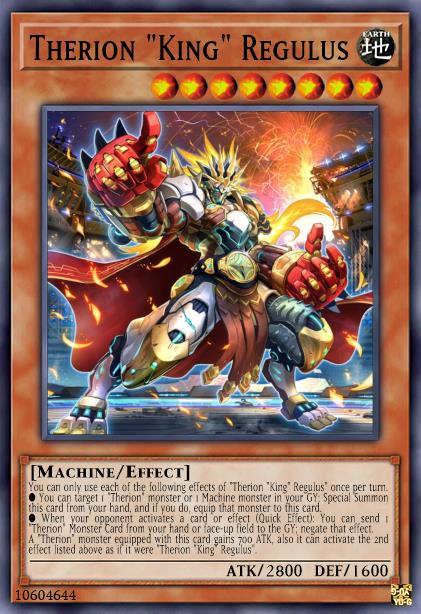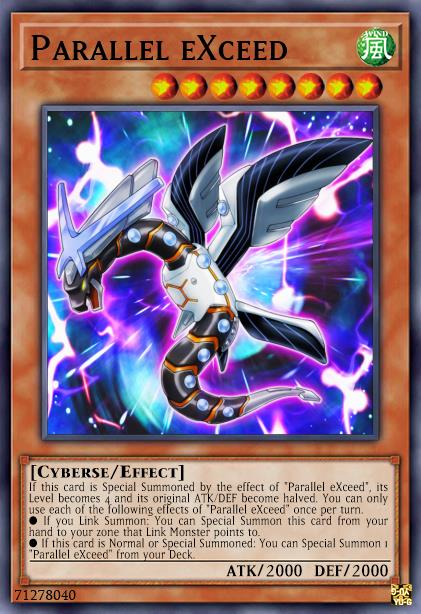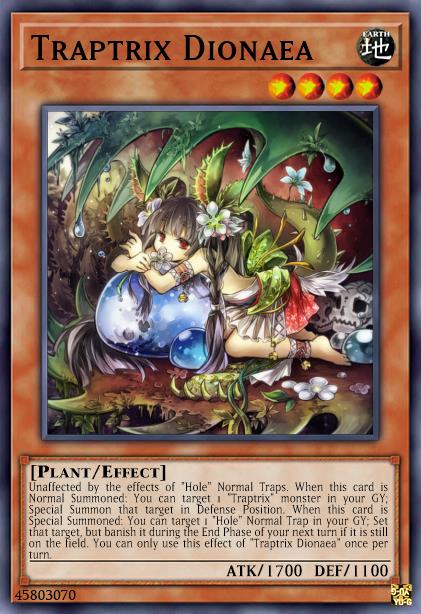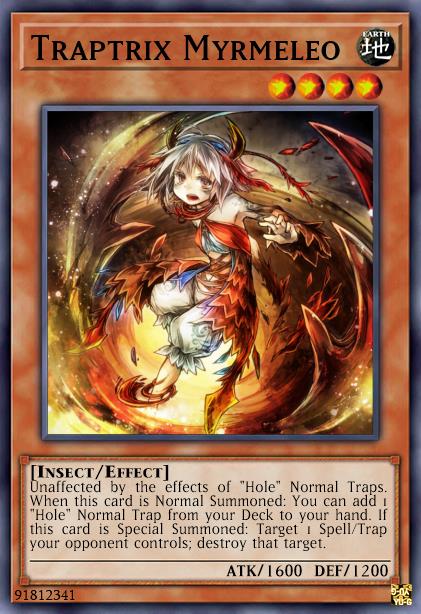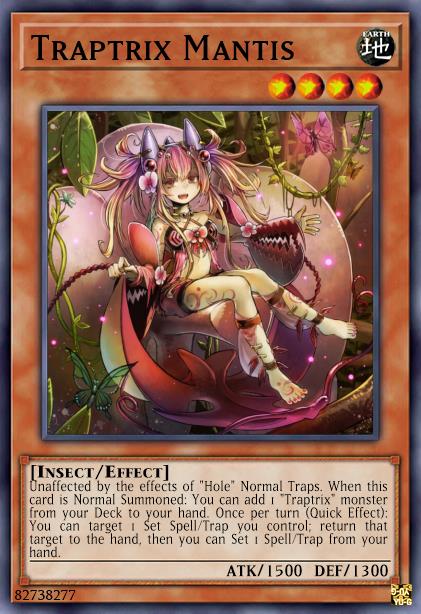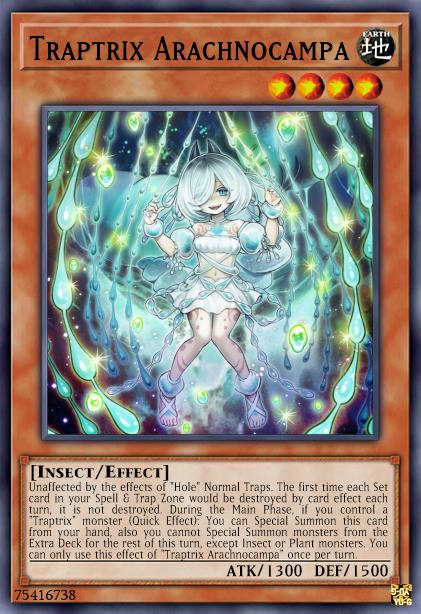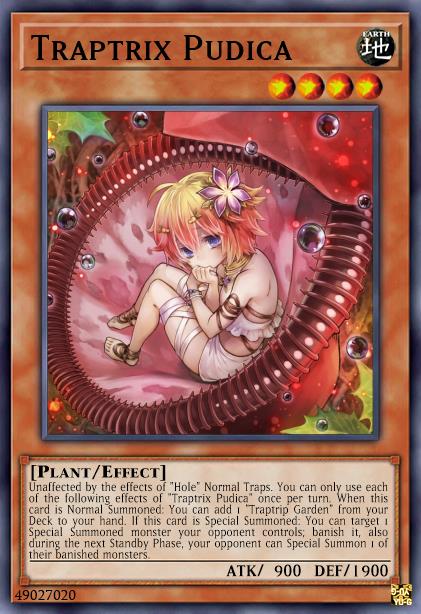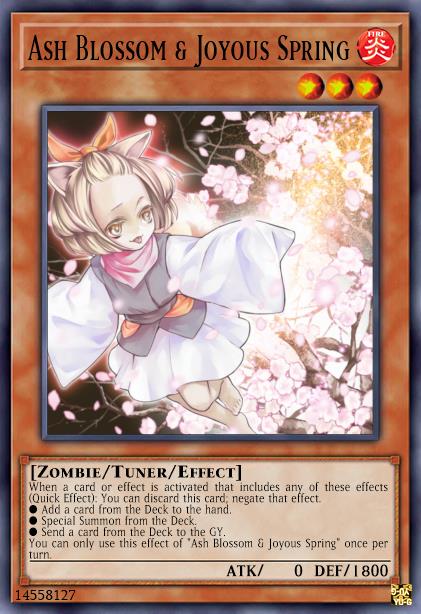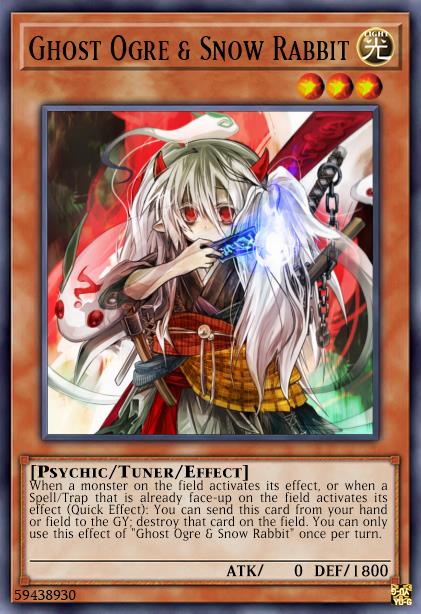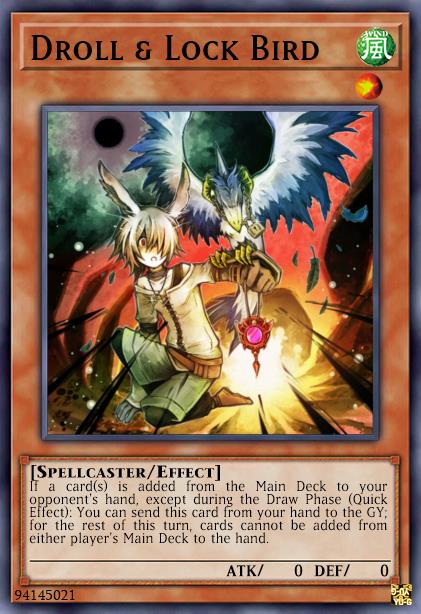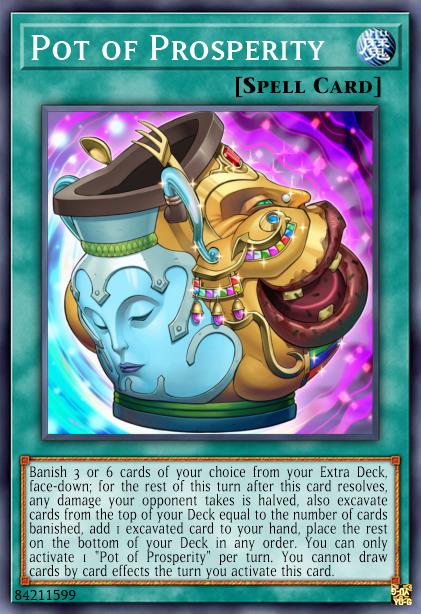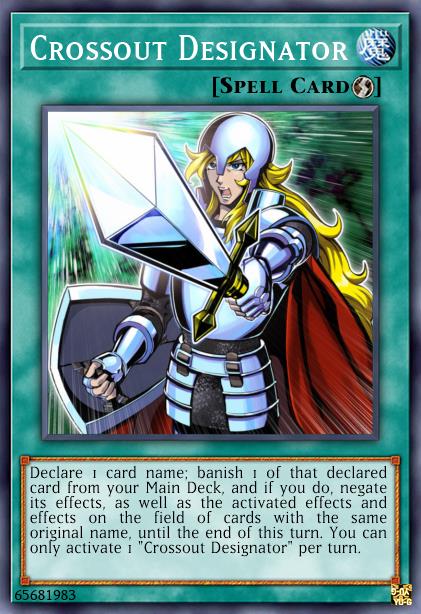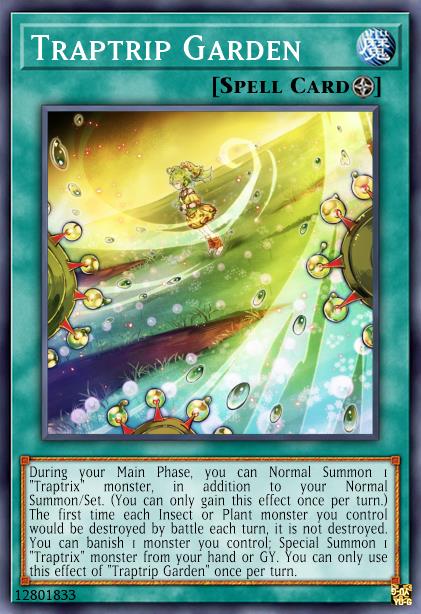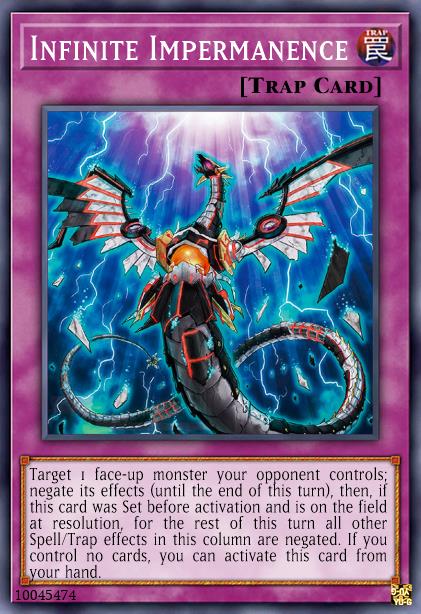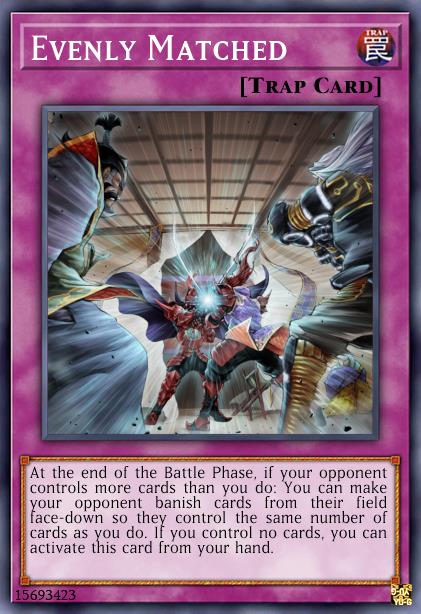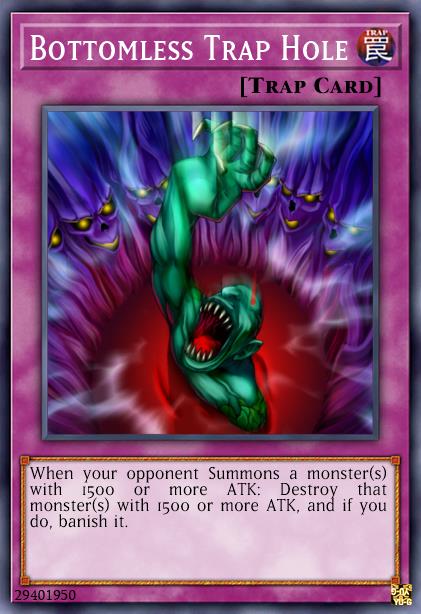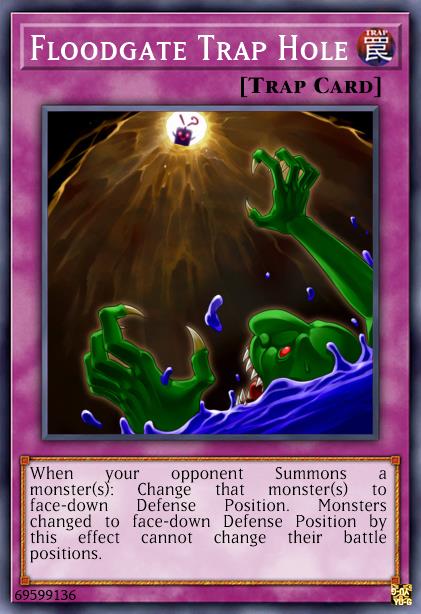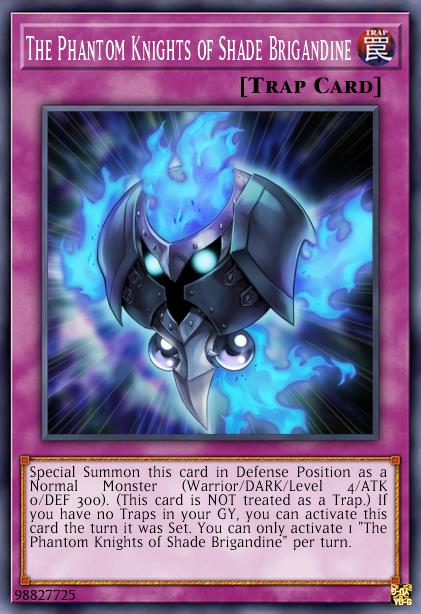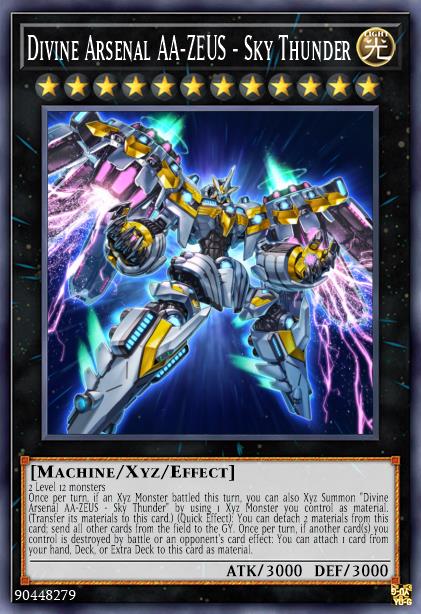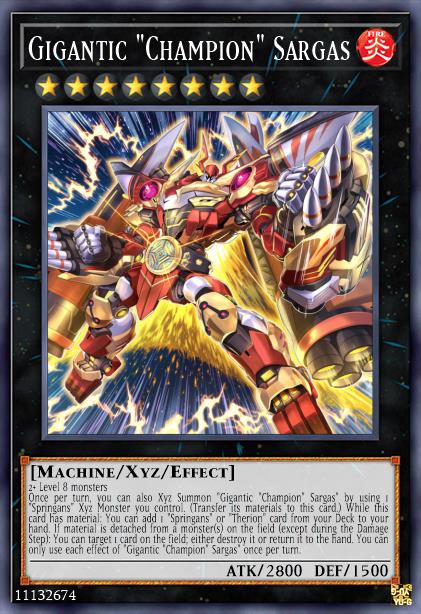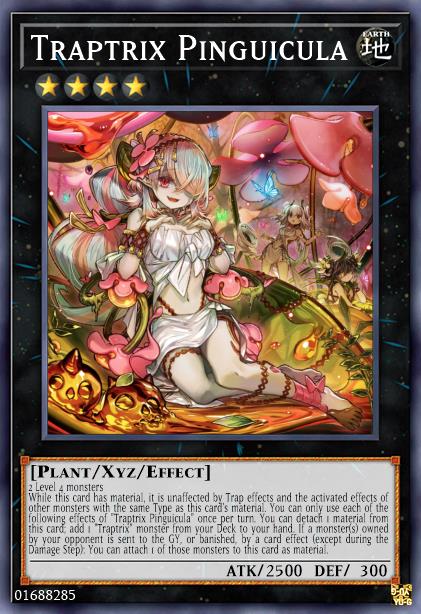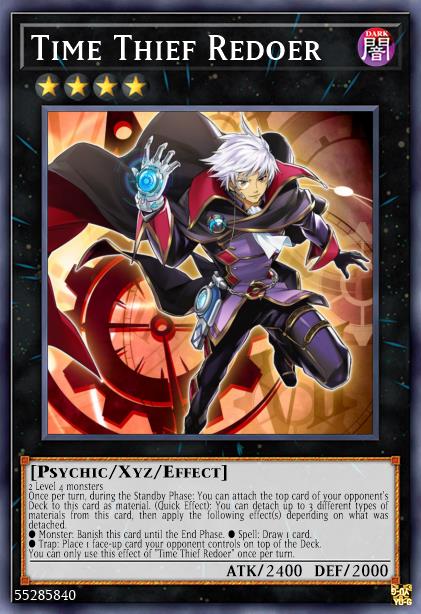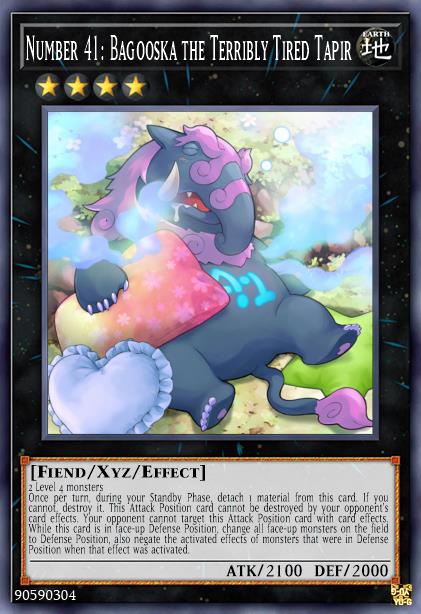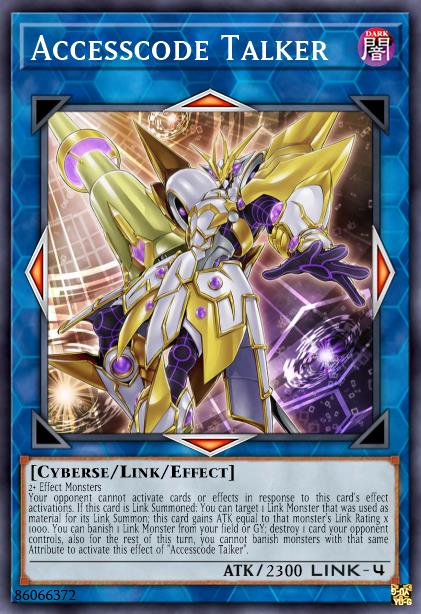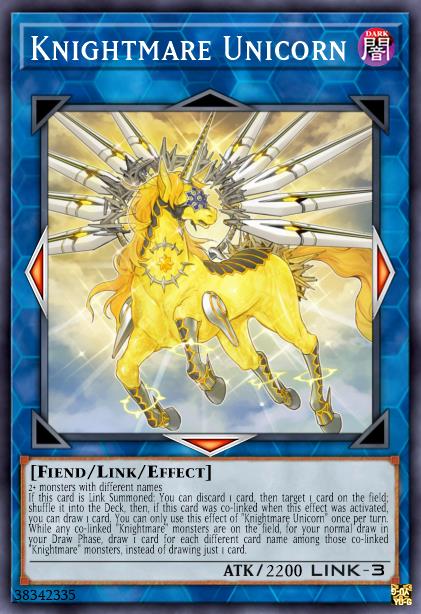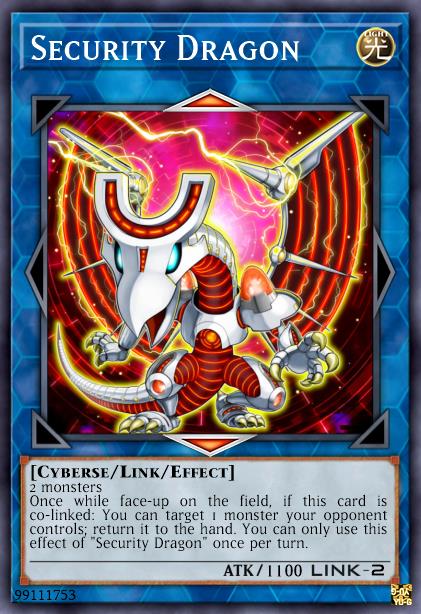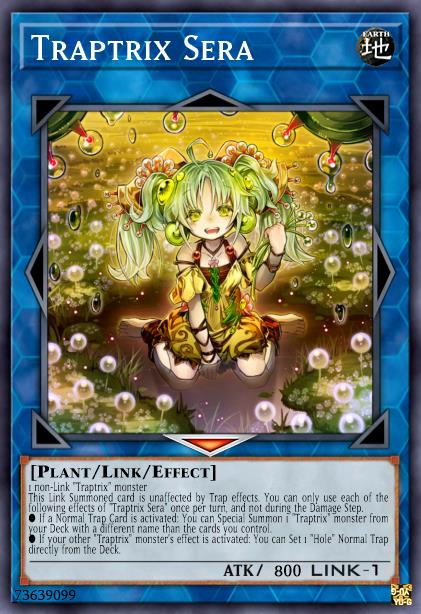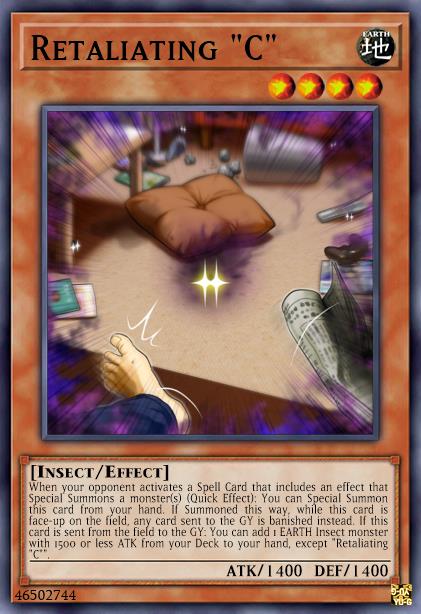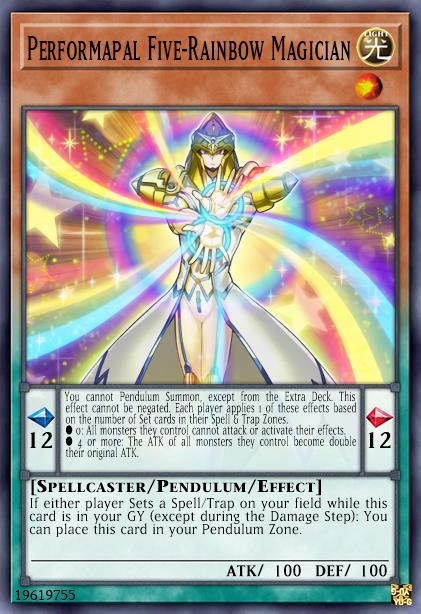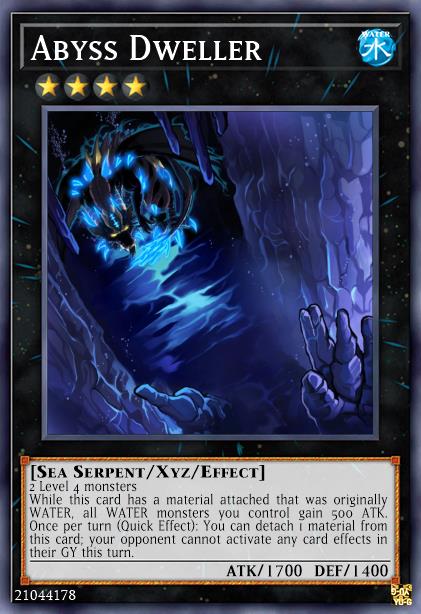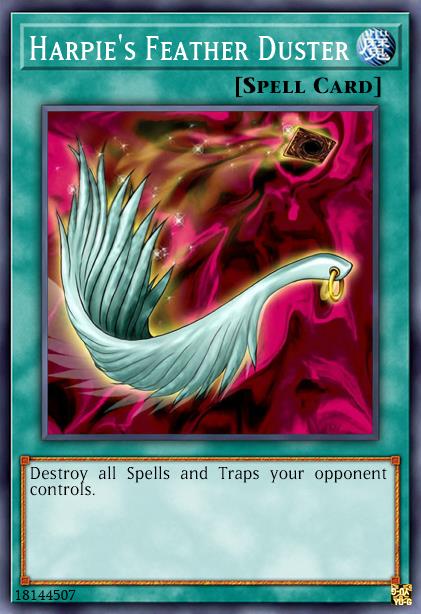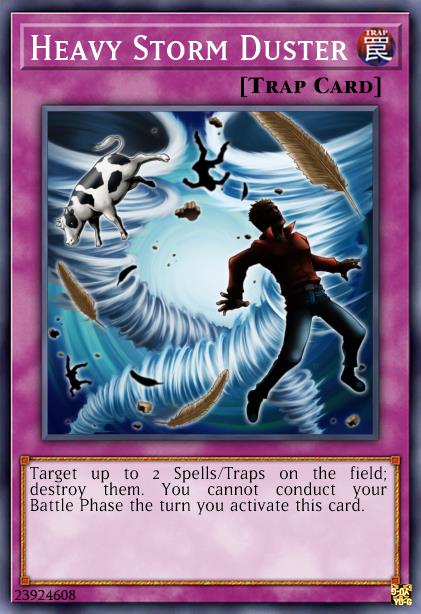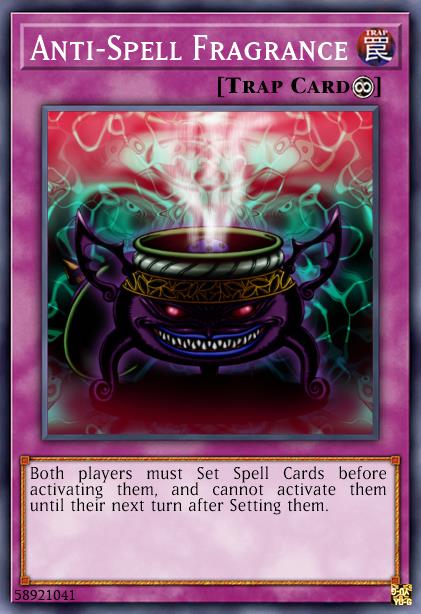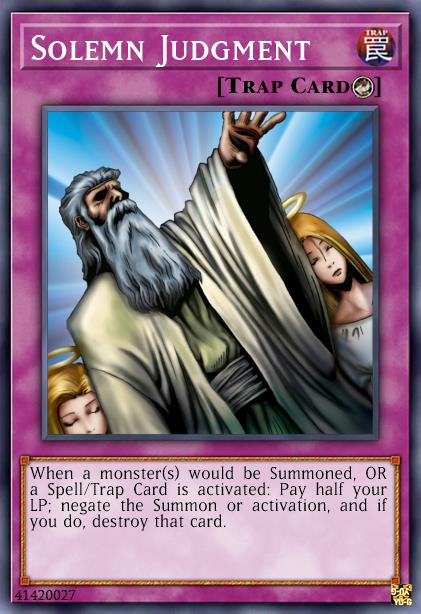Link: Traptrix Deck 2023
Deck Summary
Traptrix deck is a competitively viable rogue deck with several distinct methods of play. At the onset of their new support, people were including the Therion package to incorporate several negates in their endboards, usually Apollousa, Regulus, and Hyperyton. But this concept quickly fizzled out and barely ever saw tournament play, with the few times Traptrix did top it was just as the pure variant. In my opinion, this failure of the Therion package could be mainly attributed to needing to play several bricks in the main deck, along with dedicating several extra slots for the bricky package. In addition, the Therion package is completely dead going second, as are any cards you draw towards it.
My deck takes the bare minimum from the Therion package and incorporates it into a more streamlined concept with only one half-brick required. Traptrix’s biggest weakness is mass backrow removal, so I tried hard to make a strategy that could end on at least one negate to protect from such cards. The combo line is basically the same as standard Traptrix plays, but relies more on abusing Sargas in the extra deck.
How to Play
Ideally, you’d want to open your Traptrix Garden field spell or something that searches it. I specifically play two of them when most other Traptrix decks play just one, because you want to see it in your hand more often than not, especially in a format littered with Ghost Ogre and Gamma. You don’t necessarily need the field spell either to combo off, but you’ll need extra bodies to compensate.
Next, you’re also going to need to open either a Traptrix monster who does something on normal summon, or Holeutea/Shade Brigandine/Parallel Exceed. That’s almost half your deck so it shouldn’t be hard to meet. And the more of those you open, the more you can combo off.
In a standard line of play with my traptrix deck, without opening too amazing or too shoddy, usually it’d go like:
- Normal summon Pudica, search Traptrip Garden.
- Activate Garden, link off Pudica for Sera.
- Normal summon Myrmeleo, search any traphole trap besides Holeutea.
- Trigger Sera effect, set Holeutea.
- Activate Holeutea, discard the trap you searched, summon Holeutea to the field.
- Activate Sera effect, summon Dionaea from the deck.
- Activate Dionaea effect, set the trap you discarded to the field
- Using specifically the Myrmeleo and Dionaea, Xyz summon a Merrymaker.
- Using the Merrymaker, summon Gigantic Champion Sargas on top of it.
- Activate Sargas, search out Regulus from the deck.
- Activate Traptrip Garden’s effect, banishing Sargas and reviving specifically Dionaea.
- Using Dionaea and Holeutea, Xyz summon a Time Thief Redoer, then just special summon the Regulus in your hand using the Merrymaker in grave as an equip card. End turn.
This simple process ends you on a key negate which would protect from anything, namely Evenly Matched. Alongside Regulus, you also have Time Thief Redoer with a trap underneath it for a powerful disruption, and also the trap hole you set with Dionaea’s effect. Sera herself could also summon Pudica or Myrmeleo from the deck during the opponent’s turn for additional disruption, or just summon Myrmeleo from the grave after you detach Holeutea to pop a spell/trap, or Pudica to banish something. Combined with any other cards or hand traps you opened with, this board is usually enough to stop most meta plays, even more so if you opened the dream of Pudica with Parallel Exceed and Shade Brigandine.
Additional Key Notes
If you do not have access to Traptrip Garden, your next best play would be to open excess bodies with Parallel Exceed or Shade Brigandine. You will not be able to end on Time Thief Redoer, but can end on Masquerena instead.
Just do the same basic combo above, but instead of banishing Sargas for your field spell, use Sargas as link material for Masquerena, which importantly puts a Machine in the grave.
Special summon the Regulus you searched off Sargas, and your end board should be Sera/Regulus/Masquerena + whatever else you opened with.
Use Masquerena to summon Knightmare Unicorn during the opponent’s turn for extra disruption using either Sera as material or a Traptrix monster summoned with Holeutea. Sometimes I also summon Arachnocampa at the end of my turn for easy Masquerena link fodder next turn, or I keep it in my hand for Unicorn discard fodder instead.
An earlier version of the deck also played the link monster Shinobi Insect Hagakuremino, which while terrible, was considerably vital for helping make and putting Sargas in the grave. This was mainly due to Shinobi Insect being an Insect type, which allowed me to make it under Arachnocampa’s Insect and Plant extra deck lock. If I opened really badly, I may have been forced to lock myself into Insects and Plants early. but if I could at least make Sargas beforehand, I could still end on a Regulus by using Sargas as link material for Shinobi Insect. Making Masquerena would no longer be possible due to Arachnocampa’s effect, so Shinobi Insect would be the next best thing, and it had the bonus of being a Wind attribute so it was more banish material for Accesscode Talker. Being an Insect type also protects it with the field spell. But I ultimately cut out Shinobi Insect since I’d rather just risk the Evenly Matched rather than devote almost all my resources towards one omni-negate play.
The deck has a lot of other little key points of interaction that just need experience to utilize. Some other things to note:
- Crossout Designator is very important for this deck. The two things I worry about most are Nibiru during my turn, and Evenly Matched during my opponent’s turn. Crossout protects you from both of those and most other hand traps as well. Sure you could just make Rafflesia to protect yourself from Nibiru, but I generally do not like summoning Rafflesia unless I’m forced to to safely continue a larger combo.
- Accesscode Talker or Traptrix Atypus are usually your OTK win conditions. I only play one Prosperity because I hate banishing from the extra deck, though earlier builds played two Prosperities. If you do use it, always try to leave either Accesscode or Atypus in there, and also a link 2 and link 3 monster as link climb fodder. The other things you banish will depend on what you opened with.
- I’ve been seeing people cutting Shade Brigandine from the deck, which in theory makes sense, but in practice is superfluous. I am almost always happy to see it in my hand even when I go second and already used an imperm or an Evenly. In the worst cases, Brigandine is just discard fodder for Holeutea which is still a great use. And the power of Brigandine going first cannot be understated, especially combined with Parallel Exceeds and Holeutea.
- Bagooska in this deck as a sort of settle-for-less endboard, due to either opening bad or getting hand trapped, is extra potent in this deck. Bagooska cannot negate link monster effects, so if your endboard is Sera/Bagooska/one normal trap backrow, you will still be able to play like normal during your opponent’s turn while your opponent will still be greatly hindered. By next turn the Sera who Bagooska couldn’t negate should have built up enough resources for an easy OTK.
- A nasty play going second, if you can bait out interruptions and negates, would be to put two level 4 bodies on the field, make Sargas to search out Regulus, attack into something, make Zeus and wipe the field, then special summon Regulus using one of the detached Machines from Zeus. You’ll go into the opponent’s next turn with an omni-negate and a field wipe at the bare minimum. Usually you’ll also have Holeutea in the grave if you made Sera that turn.
- Specifically because going second is still tough for us, I run the bare minimum of trap hole normal traps (just three) that aren’t Holeutea. Since all the non-Holeutea trap holes are underwhelming at best, I don’t think more than four of them should be played. You play different names for each one simply to better be ready for any situation, and also to facilitate Rafflesia better.
- Security Dragon is probably the only flex spot in the extra deck, which could be replaced by Shinobi Insect Hagakuremino, Exciton Knight, Traptrix Allomerus. or Underworld Goddess. But I often end up missing Security Dragon whenever I take him out, so he beats out all the listed competition in my opinion. His spin could be vital to safely take out a Mirrorjade, and his Light attribute makes him great Accesscode banish fodder. Accesscode Talker pop x3, Knightmare Unicorn spin x1, and Security Dragon bounce +1 is usually enough to guarantee a total field wipe.
Conclusion
Traptrix deck with a mini-Therion package included is probably the best variant in my eyes, that I’m quite sure no one else has really experimented with before. It minimizes the bricks in the main and extra deck while still maintaining high consistency and a frequent omni-negate on your end board. In general, Traptrix is a solid rogue deck that’ll catch a lot of opponents off guard if they don’t know all the things it can do. Some downsides are losing to cards like Nibiru and Dark Ruler No More that normally only affect heavy meta combo decks, but while also still losing to cards like Evenly Matched and Lightning Storm that normally only matter to backrow heavy decks. Ghost Ogre and Gamma on our normal summon are killer too.
But we have unique resistances to Imperm, and even in-engine counters to Nibiru as well. Regulus and Arachnocampa help protect the backrow, and Holeutea in the grave can bring back a Sera that gets Kaiju’ed. There are answers to our weaknesses, whether it’s in the main or side deck.

